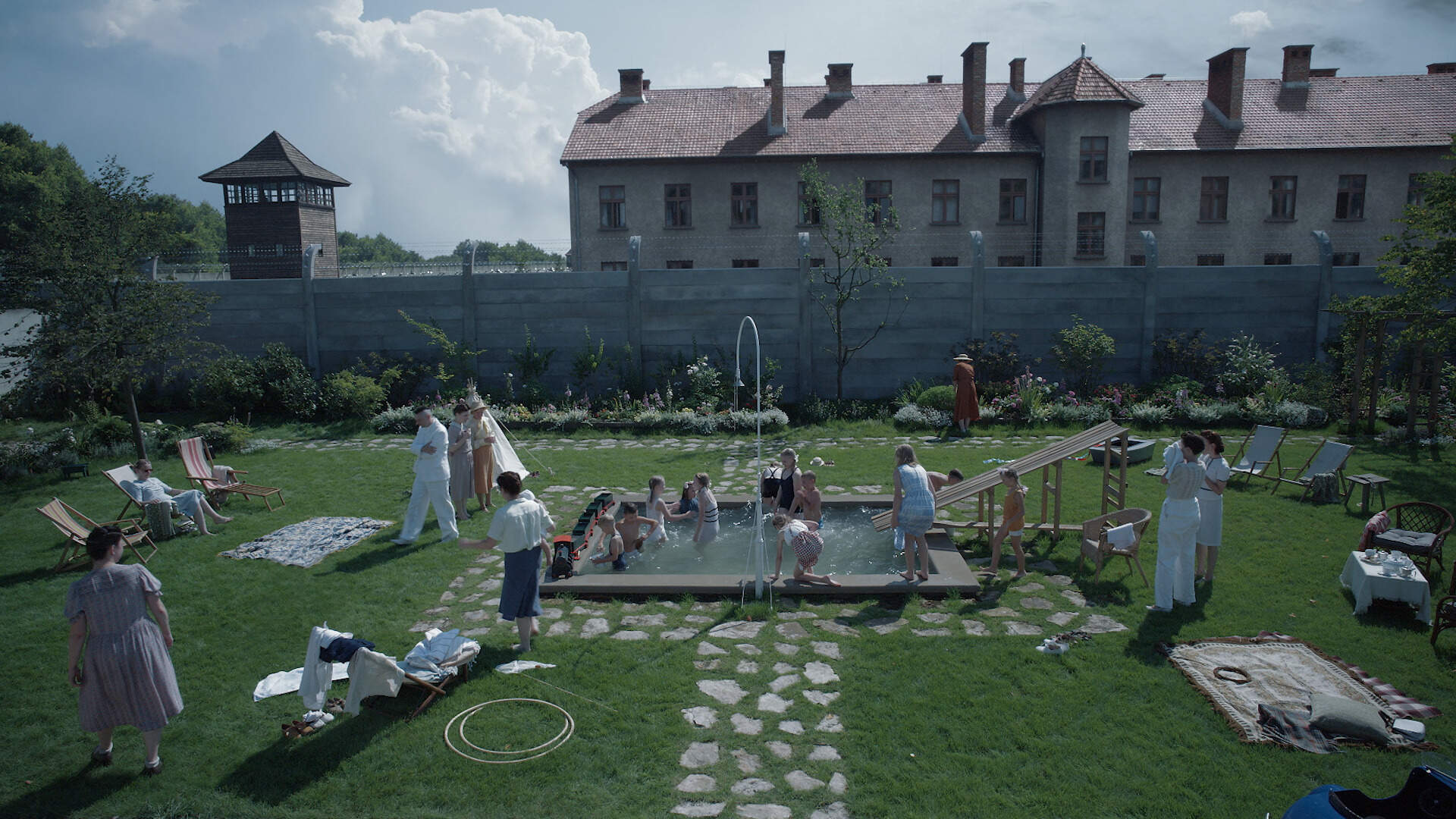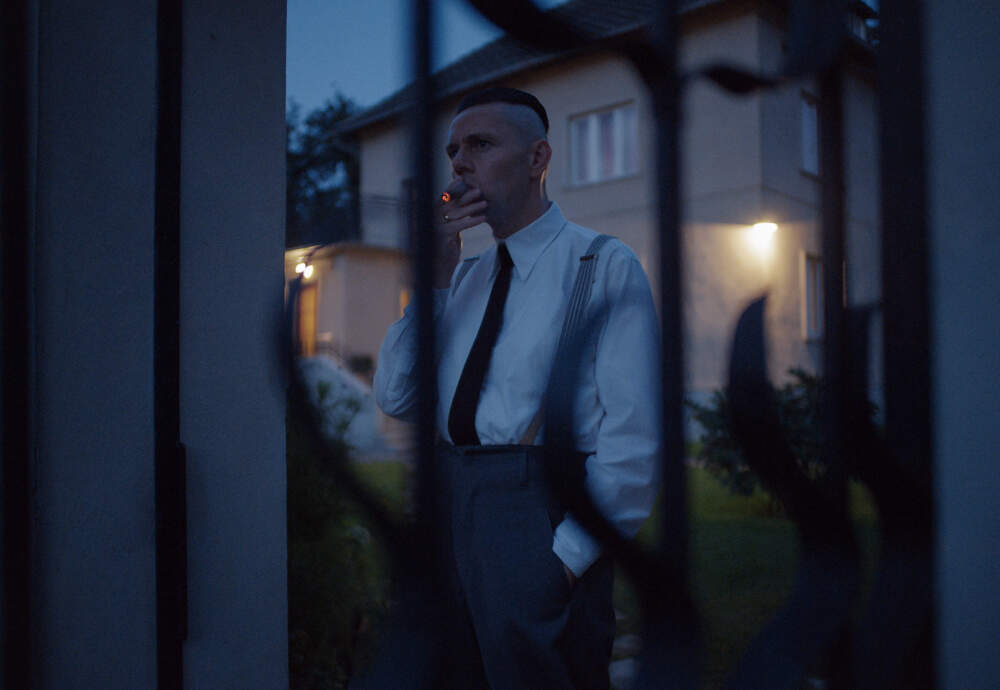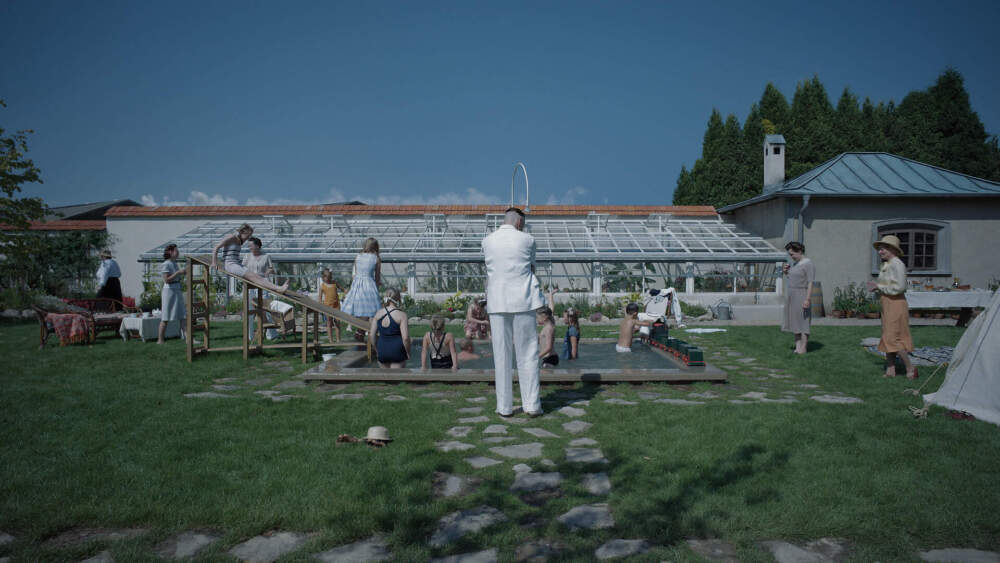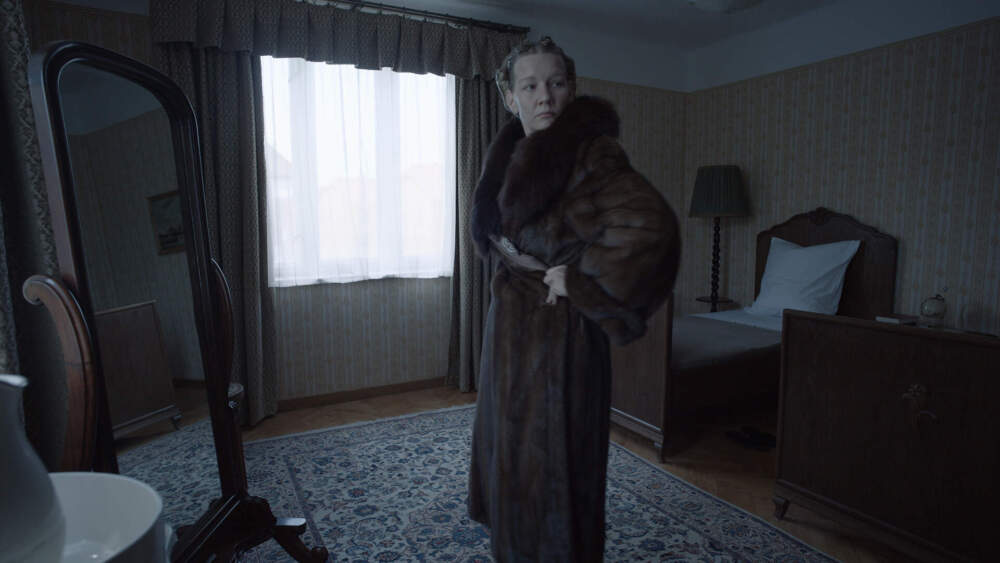Advertisement
Review
'The Zone of Interest' is a movie about horrors kept just out of sight and mind

The thing about human beings is that we’re endlessly, horribly adaptable. People can learn to live with just about anything. Whether we’re talking about a global pandemic or life after 9/11, whenever pundits claim that the world is never going to be the same, things usually get back to normal for most folks fairly quickly. Director Alain Resnais’ 1956 documentary “Night and Fog” was one of the first Holocaust movies and still perhaps the most essential, detailing the elaborate machinery of Hitler’s Final Solution with a dispassionate narration penned by French poet and concentration camp survivor Jean Cayrol. He breaks the measured, emotionless inventory of atrocities only in the film’s final moments, to angrily note that “We pretend it happened all at once, at a given time and place. We turn a blind eye to what surrounds us and a deaf ear to humanity's never-ending cry.”
Jonathan Glazer’s “The Zone of Interest” is a movie about blind eyes and deaf ears, about horrors kept just out of sight and mostly out of mind. An adaptation in name and setting only of Martin Amis’ 2014 novel, it follows a few weeks in the life of Rudolf Höss, the longest-serving commandant at Auschwitz who was hanged in 1947 for war crimes. Played by Christian Friedel as a fresh-faced, young go-getter looking to impress his bosses at the office, Höss and his wife Hedwig (Sandra Hüller) are installed in a luxurious estate on a property that abuts the camp, raising their five children in a verdant, garden paradise just a few feet from where millions are being murdered.

The film’s boldest and most effective stylistic gamble is that it never goes inside the gates of Auschwitz. We see only a familiar structure and its barbed wire fences looming just beyond the backyard wall, occasionally emitting plumes of smoke. Screams and bursts of gunfire echo faintly in the distance, almost but not quite out of earshot. We can barely hear dogs barking and commands being shrieked, all while the Höss family goes about their dull, daily routines.
At first, your heart catches in your throat at every gunshot or scream. But our protagonists have learned how to tune them out and get on with their days. It’s like a ghastly version of that joke in “The Blues Brothers” about how often the L train goes by Elwood’s apartment: “So often you won’t even notice it.” As the movie wears on, we in the audience find ourselves growing similarly desensitized to these awful sounds. It is a beautiful house, and, as Hedwig reminds her husband on more than one occasion while tending to her immaculate garden, this is all they’ve ever wanted.

Amis’ novel was a linguistic experiment with multiple narrators, taking the form of a fictional infidelity farce set amid unspeakable horrors — adding another level of effrontery to what was already obscene — compounding Germanic words both real and invented on top of one another to create a near-nonsense language used by the comically self-infatuated Höss figure. I’m not sure the book entirely works, but its audacity sure is something, and a straightforward movie adaptation probably would have been unwatchable. (For an example of how horribly wrong satirical takes on this subject can go, look no further than Taika Waititi’s appalling 2019 “Jojo Rabbit,” which ended with a reformed Nazi youth dancing with an Anne Frank stand-in to a David Bowie song after kicking Hitler in the nuts. The inexplicably acclaimed movie was so irresponsible and morally unserious it made Roberto Benigni’s “Life is Beautiful” look like “Shoah.”)
Glazer has a much more rigorous, astringent vision, one I’m not always convinced serves him well. He doesn’t work much, making only four movies over more than two decades. “The Zone of Interest” is Glazer’s first film since his brilliant 2013 sci-fi nightmare “Under the Skin,” in which Scarlett Johansson played an alien seducing and feeding on sad sack men in Scotland, to increasingly grisly ends. Before that, Glazer directed 2004’s bafflingly Kubrickian Nicole Kidman grief drama “Birth.” Ostentatious and often off-putting, these aren’t what anybody would call audience-friendly movies. In fact, an early area screening of “Under the Skin” went over so poorly that when partaking in the custom of visiting filmmakers autographing the Coolidge Corner Theatre’s projection room door, Glazer also wrote, “Tough crowd.”

“The Zone of Interest” was shot with locked down cameras and wide-angle lenses, from vantage points covering most of the rooms as if to give the impression of surveillance footage. There are no conventional close-ups nor much in the way of medium shots, which keeps the characters at such a distance it often feels like observing an ant farm. The family’s day-to-day life is intentionally undramatic as possible, leaving next to nothing in the way of story threads for us to grasp onto. When I first saw the movie at last fall’s New York Film Festival, co-star Hüller said afterward that she’d struggled to drain every bit of empathy from herself in order to play Hedwig, a role that, as a German, she was hesitant about accepting in the first place. We see the character cackling with friends about discovering diamonds that desperate Jews stashed in their toothpaste and she threatens to incinerate her servants when displeased. Hedwig is a monster, which is presumably historically accurate. But she’s also easy to dismiss as such, which someone in a movie like this probably shouldn’t be.
As it happens, last year’s two best films, Christopher Nolan’s “Oppenheimer” and Martin Scorsese’s “Killers of the Flower Moon,” were also about the emotional compartmentalization it takes to participate in mass murder. Both films brought us along with characters who navigated extreme depths of denial until it was too late, the filmmakers shrewdly using our identification with their movie star protagonists to force us to question our own values and complicity. By keeping the subjects of “The Zone of Interest” at an aesthetic arm’s length, Glazer denies us any such identification and lets viewers off the hook, squandering the unsettling effects of the sound design. (Sure, we may get used to the shots and screams, but it’s not like we’re *Nazis*.) However effective on a gut level, the film still ends up feeling safer and less universal than it should. To borrow Cayrol’s words, it’s just something “that happened all at once, at a given time and place.”
“The Zone of Interest” is now in theaters.
